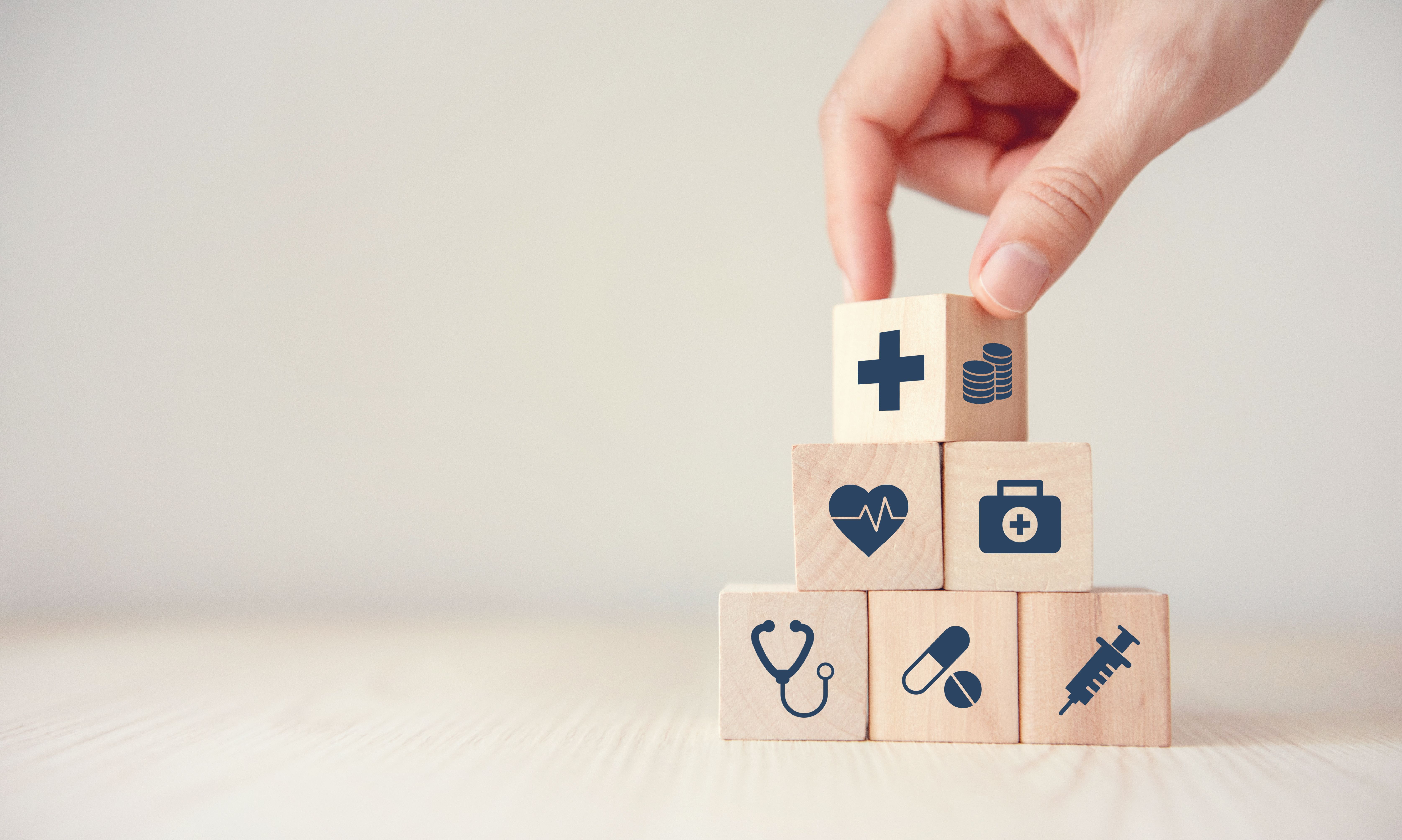- Bone Health
- Immunology
- Hematology
- Respiratory
- Dermatology
- Diabetes
- Gastroenterology
- Neurology
- Oncology
- Ophthalmology
- Rare Disease
- Rheumatology
Oncology Biosimilars Cut Costs; Diabetes and Other Diseases Could Follow
Shreehas P. Tambe, MD, highlighted the significant potential for biosimilars to expand into other disease areas like diabetes, offering crucial cost-saving solutions amid a rising global burden of noncommunicable diseases.
Shreehas P. Tambe, MD, highlighted the significant potential for biosimilars to expand into other disease areas like diabetes, offering crucial cost-saving solutions amid a rising global burden of noncommunicable diseases. | Image Credit: oatawa - stock.adobe.com

Biosimilars are gaining acceptance, and with oncology drugs exceeding 80% adoption, biosimilars in the US are saving the health care system $13 billion to $15 billion annually, according to Shreehas P. Tambe, MD, managing director and CEO at Biocon Biologics.
Tambe spoke at the 2025 Festival of Biologics USA, held from April 23-24 in San Diego, California, about biosimilars in health care systems as they face a transformative shift in evolving regulatory, market, and policy landscapes to drive changes in access, affordability, and innovation.1
The global disease burden for noncommunicable diseases is expected to increase significantly. For example, oncology incidence is expected to increase to 30 million patients by 2040 and diabetes is expected to affect 1 in 8 adults by 2045.
Projections indicate the overall share of biologics across all pharmaceutical spend will be about 40% by 2026. Additionally, the global biosimilars market is predicted to grow about 3 times more by 2028, reaching $54 billion.
Noncommunicable diseases like oncology, diabetes, and immunology are major contributors to the evolving global disease burden, with biologics representing 12 of the 15 top-selling drugs in 2023, and 45 blockbuster drugs losing exclusivity, presenting a $270 billion opportunity.
Biosimilar adoption in the US has varied widely based on the medication, but the market has shown strong overall adoption among several molecules. Market adoption between 2019 to 2024 grew over 50% for 5 of 8 biosimilars measured. The highest adoption rates were among adalimumab, bevacizumab, rituximab, trastuzumab intravenous, and tocilizumab. Bevacizumab volume increased 34% since biosimilar entry in the US market.
“The oncology drugs have already exceeded that 80% threshold. If you see most of the other products, even those which have been launched in the last 3 to 4 years, have all trended in excess of 50%,” Tambe added.
As diabetes prevalence rises in the US, an urgent need for more affordable solutions could increase the role of biosimilars. The US ranks third globally in adult diabetes prevalence, with another 9.6 million predicted to be undiagnosed. Diabetes accounts for one of the highest health care expenditures among adults, estimated at $404.5 billion in costs.
These challenges intertwine with the unique market archetypes in the US. Physicians administer drugs in the medical benefit (Part B) space, allowing payers to control coverage, but account economics also influence purchase decisions. Additionally, average sales price–based reimbursement affects profit and drives market depreciation.
On the pharmacy benefit side (Part D), vertically integrated payers and specialty pharmacies make decisions, often with incentives. Although health care providers write prescriptions, interchangeable biosimilars empower pharmacies. Immunology biosimilars are beginning to show progress, but insulin adoption remains slow.
The growing US biologics market is expected to have a 26% compound annual growth rate from 2021 to 2025. Over the next couple of years, savings are expected to exceed $180 billion.
“This IQVIA report is projecting to show that between now and 2030, we will already start seeing far higher benefits than what we've seen. So when I say that the next 5 years are far more exciting than the 5 years that we've seen, it's not just exciting for those developing products, but it's also exciting for the health care system,” Tambe said.2
To successfully bring these biosimilars to market, Tambe emphasized the need for:
- A comprehensive portfolio
- Innovation in research and development
- Global-scale manufacturing capabilities
- Digital and distributed supply chains
- A strong commercial engine
“Biosimilars present a massive opportunity to bring health savings that the health care system is looking for. The signs of savings are already in place. We are looking forward to a far more exciting time than what we've seen so far,” Tambe concluded.
References
1. Tambe SP. Biosimilars in healthcare. Presented at: Festival of Biologics USA; April 23-24, 2025; San Diego, CA.
2. Lutzmayer S. Pharma’s frozen assets: cold chain medicines. IQVIA white paper. Accessed May 5, 2025. https://www.iqvia.com/-/media/iqvia/pdfs/library/white-papers/iqvia-pharmas-frozen-assets_final.pdf
Newsletter
Where clinical, regulatory, and economic perspectives converge—sign up for Center for Biosimilars® emails to get expert insights on emerging treatment paradigms, biosimilar policy, and real-world outcomes that shape patient care.
